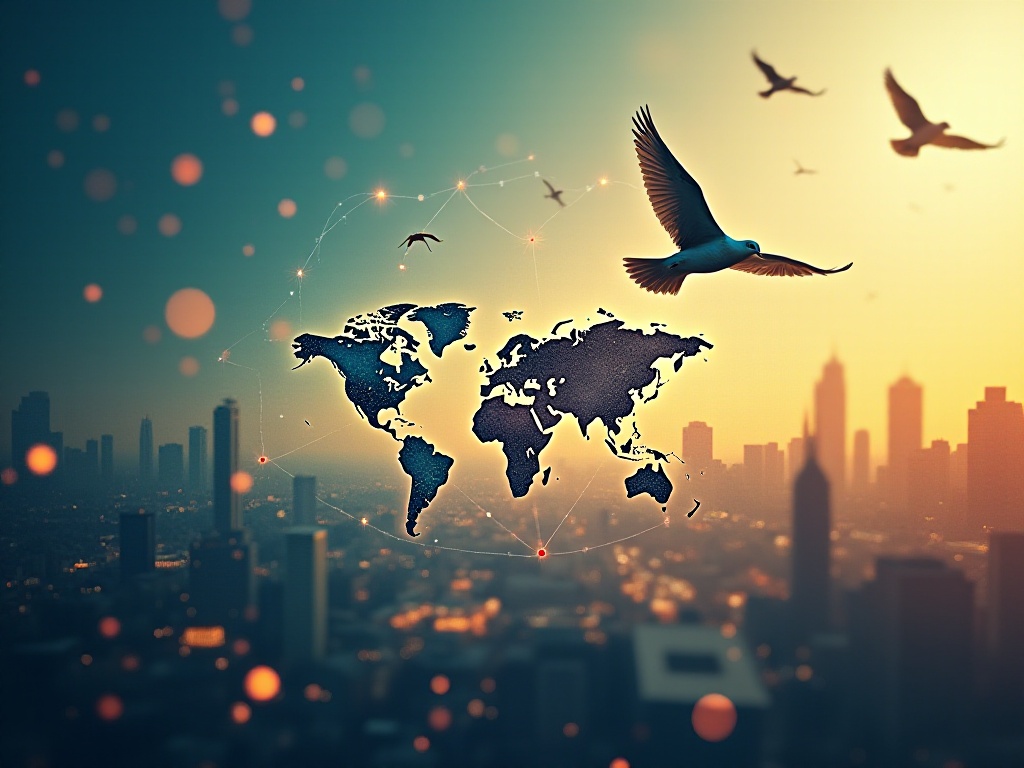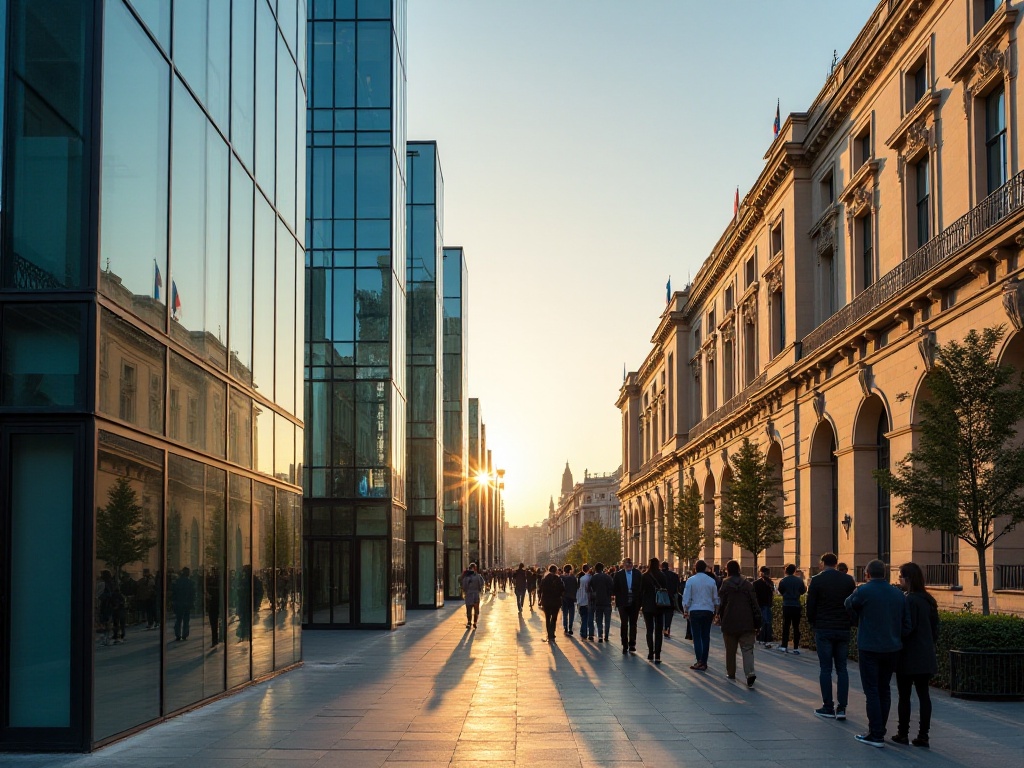Opening Chat
Hey, fellow travelers who want to explore the world! Today I'd like to have a good chat about travel visas. As an experienced travel blogger who has visited over 30 countries, I truly understand that anxiety and uncertainty when applying for your first visa. To be honest, when I first heard about needing to get a visa, I was completely overwhelmed and found the online information quite confusing. But after so much practical experience, I've discovered that visas aren't as scary as we imagine. Today, let me help you unravel the mysteries of visas in the most down-to-earth way.
Basic Concepts
When it comes to visas, many people think it's something very sophisticated. But really, a visa is just like an "entry pass" from a country, similar to buying a ticket to an amusement park. Think about it - isn't it normal for every country to want to keep track of who's visiting? So a visa is basically them saying: "Welcome, make yourself at home!"
I'll never forget how flustered I was when applying for my first visa. It was for Japan, and I spent several late nights double-checking all the materials, worried I might miss something. Looking back now, there was no need to be so nervous, as tourist visas are really the most basic type - as simple as buying snacks from a convenience store.
Plus, many countries' visa policies have become more user-friendly. I remember having to make multiple embassy visits before, but now many countries can be handled entirely online. Take my Singapore visa application from last year - the whole process was online and incredibly convenient.
That said, while visa applications have become easier, it's still important to pay attention to details. I saw on a travel forum where someone had their application returned because their photo didn't meet the requirements, wasting several days. So even though procedures are simplified, you still need to be careful where it matters.
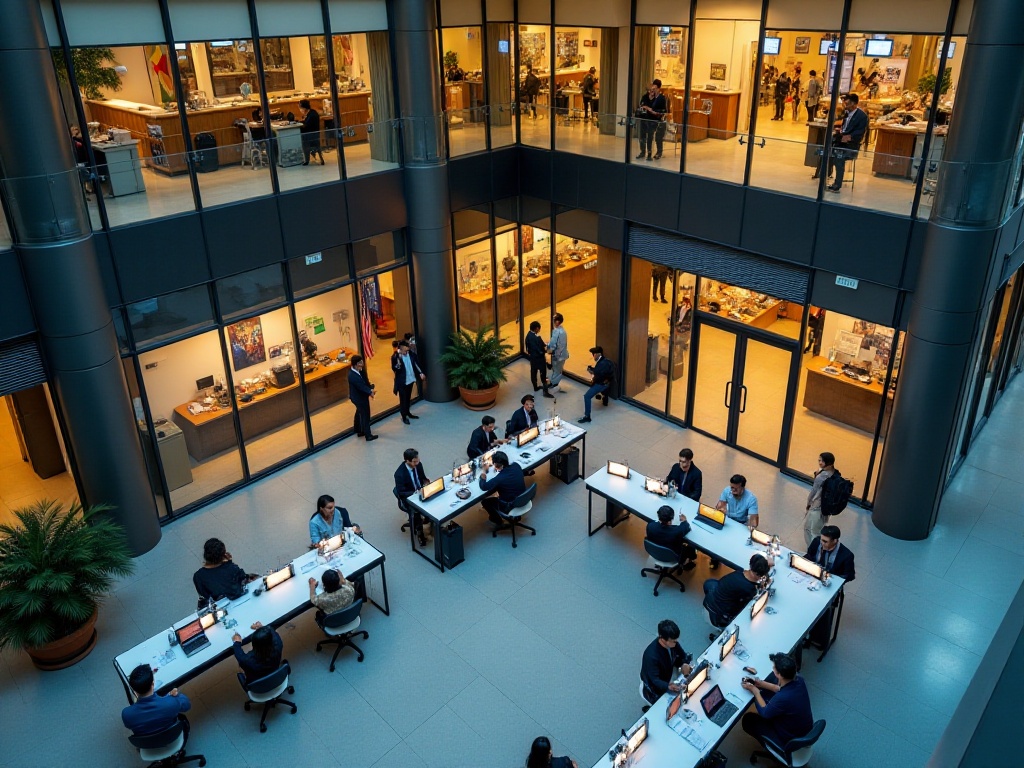
Visa Categories
When discussing visa categories, we have to talk about the "big brother" - the US visa system. Why focus on US visas? Because it's the standard that many countries follow, and understanding US visas helps you understand most other countries' systems.
US visitor visas are mainly divided into B-1 business visas and B-2 tourist visas. B-1 business visas are for those going to the US for business negotiations, commercial meetings, handling business contracts or estate matters. I have a friend in foreign trade who frequently uses a B-1 visa to attend exhibitions in the US. These visas are reportedly scrutinized very carefully since they involve commercial activities.
For regular people like us, the B-2 tourist visa is most common. With this visa, you can travel purely for pleasure, visit friends and family, seek medical treatment, or participate in amateur activities. Speaking of which, I remember my first trip to the US with a B-2 visa. I went to a photography exhibition in New York and then toured the Grand Canyon - it was really eye-opening.
However, many countries are now implementing more flexible visa policies. For example, electronic visas are incredibly convenient. Last year when I went to Australia, I just filled out an online form, paid the fee, and got my visa within hours - no embassy visit needed. Then there are multiple-entry visas, which are even more cost-effective. I currently have multiple-entry visas for several countries, allowing me to visit whenever I want, which gives me great freedom.
There's also a special type called the working holiday visa, mainly designed for young people. One of my close friends used this visa to spend a year in New Zealand, working and traveling. She says it was the most wonderful experience of her life. However, these visas usually have age and quota restrictions, so interested travelers should do their research well in advance.
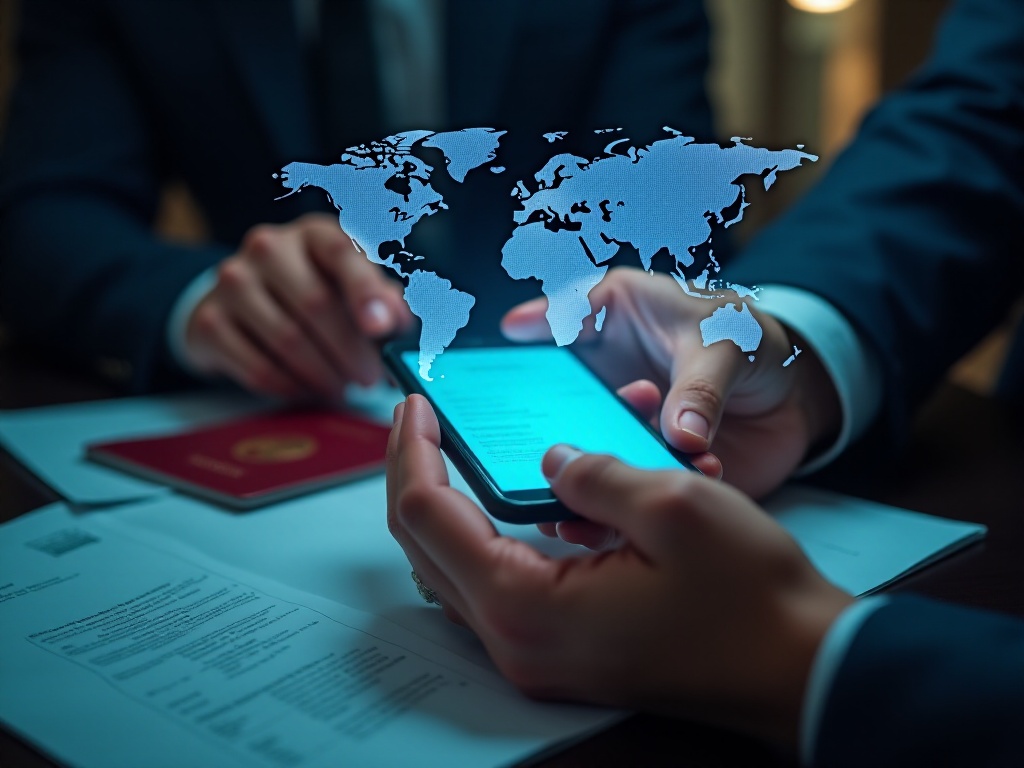
Application Guide
Regarding application methods, there are basically three types: embassy visas, electronic visas, and visas on arrival.
Embassy visas are the most traditional method, requiring you to appear in person for an interview. Honestly, before my first US embassy interview, I was so nervous I couldn't eat breakfast. But actually, embassy staff are quite nice, and as long as your materials are well-prepared and you answer questions truthfully, there usually aren't any problems.
I remember during one interview, the visa officer only asked me three questions: purpose of visit, length of stay, and occupation. After I answered honestly, he promptly stamped my passport. So there's really no need to be too nervous - just stay sincere.
Electronic visas are becoming increasingly common, and they're super convenient. Take the Turkish visa for example - you just need to fill out an online form, upload a photo, and pay. I got my Turkish visa last year while lying on my couch - it couldn't have been easier.
However, it's important to be careful when filling out electronic visa forms. Some countries are very strict about the information, and if you make a mistake, you'll have to reapply, which might affect your entry.
Visas on arrival used to be quite common, especially in Southeast Asian countries. But fewer countries offer this service now. I used to be able to get a visa on arrival in Cambodia, but now they require online applications in advance. Still, visas on arrival have their advantages, like flexibility and immediate processing.
I suggest choosing your visa application method based on your specific situation. If you have plenty of time, go for an embassy visa as it's most reliable. If you're short on time, consider an electronic visa. As for visas on arrival, unless you're visiting countries that only offer this option, I recommend getting your visa in advance to be safe.
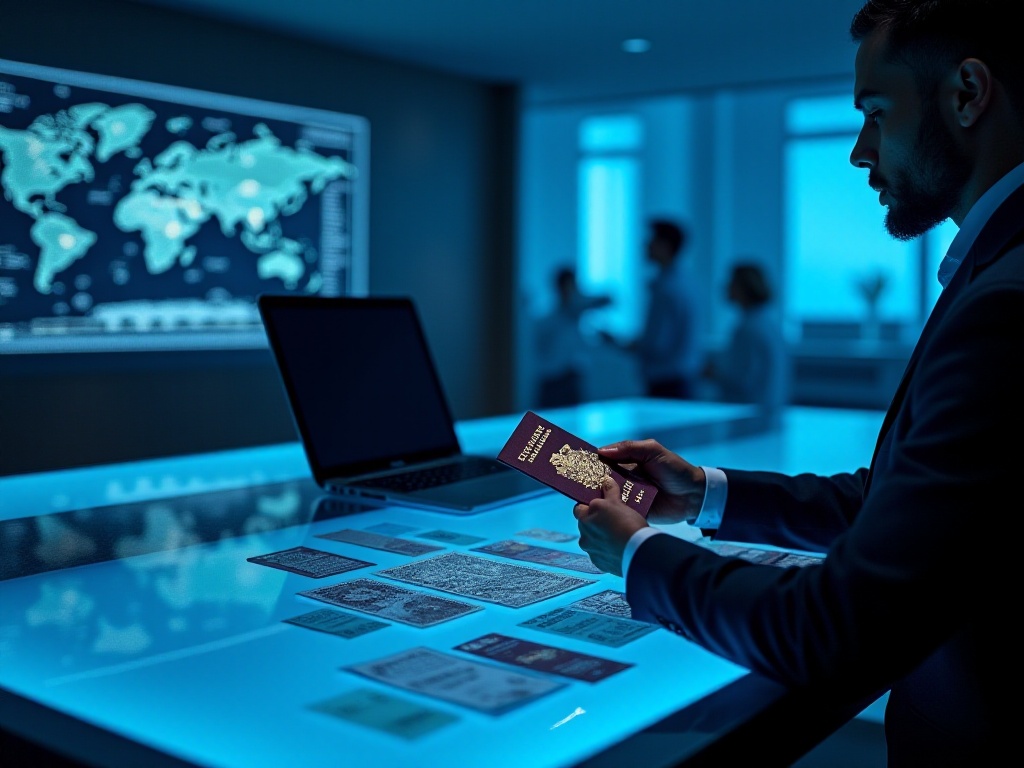
Important Considerations
Regarding visa usage regulations, there are several crucial points to note - these are lessons I've learned through blood and tears.
First is the length of stay issue. This is extremely important and can't be taken lightly. I know someone who stayed one day too long in the UK and was repeatedly questioned when applying for other visas afterward, causing lots of trouble. So make sure you clearly understand the permitted stay duration on your visa, and it's best to leave a few days before expiration as a buffer.
I learned this lesson myself - once in Japan, I almost missed my last-day flight because I was having too much fun. Since then, I always leave at least two days before my visa expires. Better to spend less time than risk overstaying.
Then there's the entry zone restrictions. Many people might not pay attention to this, but it's quite important. For example, some Russian visas specify which cities you can visit, and you need separate permission for other cities. I have a friend who was fined for entering a restricted area because they didn't know about this rule.
Entry frequency limitations are also a big issue. Schengen visas, for instance, come in single-entry, double-entry, and multiple-entry types. My advice is, if you plan to travel frequently, it's better to apply for a multiple-entry visa from the start. Although it might cost more, it's more economical in the long run.
I remember when I first applied for a Japanese visa, I only got a single-entry one. Later when I wanted to visit again, I had to reapply, wasting both time and money. Now I always try to get multiple-entry visas when possible - it's so much more convenient for future trips.
Another often overlooked issue is keeping your visa pages intact. Some people might think it's no big deal if the visa page gets a bit dirty or damaged, but this could actually affect your entry. I've seen cases where people were denied entry because their passport's visa page had water damage.

Practical Advice
After covering all the theory, let me share some practical tips I've gathered over the years.
First is planning ahead. Visa policies have generally become stricter, and processing times have increased. I recommend starting visa preparation at least three months in advance. Especially for US visas - interview appointments now take several months to schedule. Last year, I almost missed an important trip because I didn't plan ahead.
Regarding documentation, authenticity is paramount. Visa systems are now interconnected, making fraud easy to detect. I know a travel expert who provided fake work documentation and not only got rejected but was blacklisted, making future visa applications to other countries very difficult.
My advice is to honestly present your situation rather than risk providing false information. Even if your circumstances aren't ideal, visa officers will usually give you a chance if you can prove stable income and clear reasons to return home.
It's also important to keep your old visas. They're your best "travel history." When applying for visas now, I always show my previous travel records. Visa officers are more likely to trust travelers who have a history of departing on time.
I also suggest choosing the right timing for visa applications. Avoid holidays and peak tourist seasons when visa centers are busiest and processing times longer. I usually apply during off-peak seasons when processing is faster and success rates higher.
For visa interviews, I have some tips too. Dress appropriately - not too formal but not too casual. Prepare some basic English phrases, as some embassy staff communicate in English. Finally, stay calm and don't say something wrong due to nervousness.
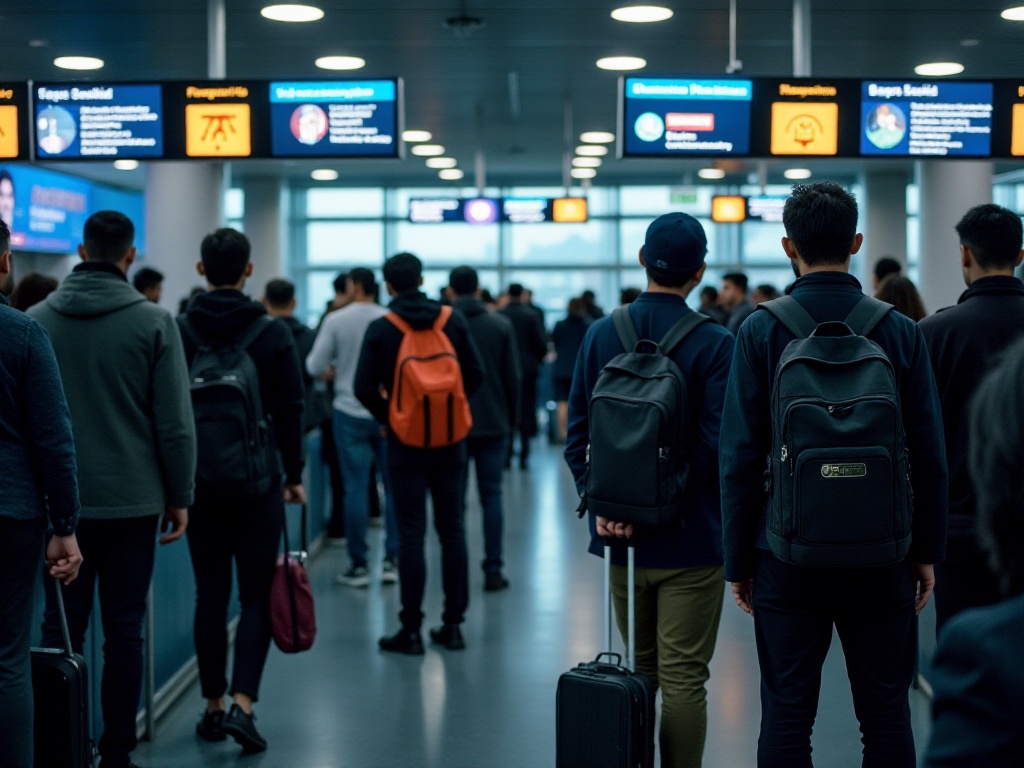
Closing Thoughts
After all this discussion, how's your understanding of visas now? Think of visas as "invitation letters" from different countries - while the process might seem complicated, it's really not difficult once you understand the basic rules.
When I first started traveling the world, I knew nothing about visas and was nervous with every application. Looking back, these visa experiences have given me a deeper understanding of different countries' systems and cultures. The visa process has also taught me how to better plan my travels.
I get excited every time I see a new visa in my passport because it means another adventure is about to begin. A visa isn't just an entry permit - it's like a key that opens up new worlds, leading us to explore this colorful planet.
Honestly, looking back now, those visa applications that once seemed so difficult have become precious experiences. Each successful application has given me more confidence to try new destinations. So for those wanting to travel abroad, don't let visa applications intimidate you. Take that first brave step, and you'll surely create your own amazing journey.
Do you have any questions about visas? Feel free to share in the comments. Next time, I plan to discuss detailed visa application guides for specific countries - which country's visa process would you like to learn about? See you in the next post.



